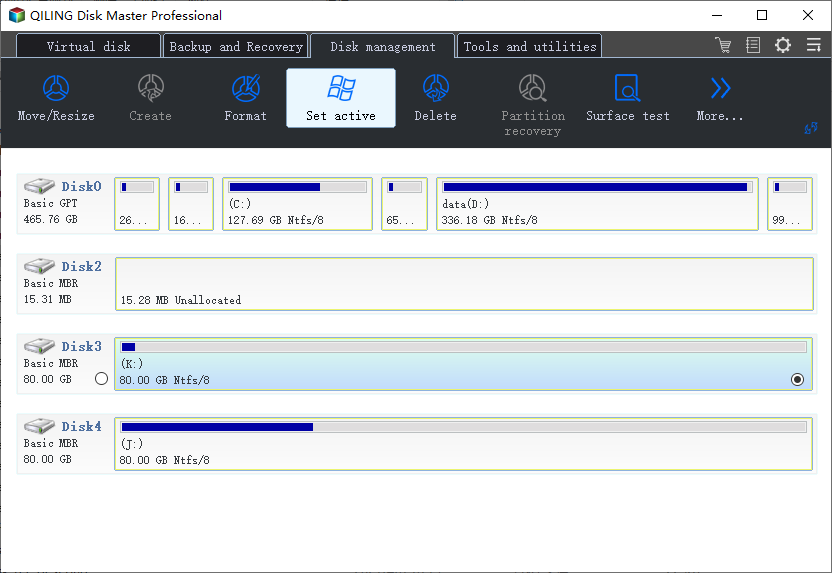

If you have to choose between two drives with similar capacity, get the faster one. The RPM stands for rotations per minute, meaning that a faster RPM equates to quicker reading and writing speeds.Īccording to Seagate, a 7200 RPM HDD is up to 33% faster than a 5400 RPM HDD when delivering data. All HDDs operate in the same way, but there are two different speeds that you should be aware of when purchasing a drive.Īlthough there’s a wide range of speeds for HDDs, manufacturers mostly produce either 5400 RPM or 7200 RPM drives.

For example, desktop HDDs use the 3.5-inch form factor, whereas laptops use the smaller 2.5-inch drives. Hard Disk Drives have come a long way, with several aspects of the drive becoming standard across all manufacturers. While drives have gotten smaller and faster, with larger storage capacities, the core principles of the technology have not changed much since IBM’s iteration. The time it takes to access data depends on the speed of the disk’s rotations per minute (RPM) - here’s how the inside of an HDD works in action. The arm has a tiny head at the tip that reads and writes data as the disk spins underneath, converting 0s and 1s into files and vice versa.

The platter, which looks like a shiny CD, holds the storage, whereas the arm is what accesses the data. Inside of every HDD is an arm and a platter (a metal disk with a magnetic coating).

Faster spinning drives can access files faster. The platter, or disk, spins around at several thousand revolutions per minute as the arm reads or writes data. While both drives have their advantages, I recommend that computers use both drives simultaneously. In the 90s, the HDDs began to drop in price, and manufacturers settled on the 3.5-inch and 2.5-inch drives, though not for long.Īfter reaching peak sales in 2010, the HDD is still around, but it’s been surpassed by the much faster and more expensive SSDs. But back then, the 305 had a measly 3.5MBs of storage capacity - for reference, that would barely fit a JPEG image file.Īfter hard disk drives reached consumer PCs in the 80s, the technology was still too expensive, so most manufacturers opted for floppy disks, which had to be changed out for every different program. These days, a drive that large could hold terabytes upon terabytes of data. The IBM 350 was a disk storage drive that worked with IBM’s 305 RAMAC (Random Access Memory Accounting) system, which was one of IBM’s last vacuum tube systems.Īccording to an archive page on IBM’s website, the 350 was sixty inches long, sixty-eight inches high, and twenty-nine inches deep. The first-ever hard disk drive (HDD) was manufactured by International Business Machines (IBM) in 1956. Let’s explore the benefits of SSD and HDD storage for video. Video editing computers need plenty of space, but they also need to be fast.


 0 kommentar(er)
0 kommentar(er)
